Aloe is one of the oldest plants. It is mentioned in the Book of Books; flower images were found during excavations of Egyptian pyramids. Botanists involved in the study of this plant, still can not unequivocally answer the question of where is the birthplace of the famous houseplant - aloe.
Content
General plant features
Aloe is a perennial belonging to the Asphodel family. Modern botany has more than 500 species of this culture. This genus refers to succulents - organisms that can accumulate nutrients. Therefore, it is highly resistant to changes in the external environment and increased viability.
Depending on the species, the plant may be a shrub, tree or herbaceous plant. The stems are usually shortened. Often they are not difficult to see under the sheet plates.
Leaves are collected by a basal rosette. They are placed on the stem in a spiral. The plates have a lanceolate or xiphoid shape, sharpened along the edge. When the plant is waterlogged, the leaves increase in size, become elastic and firm. During a period of drought, the leaves lose turgor and decrease.
The color of the plates is represented by shades of green. Sometimes they have white streaks or stains. Spikes or spikes can be placed on the sides of the plates.
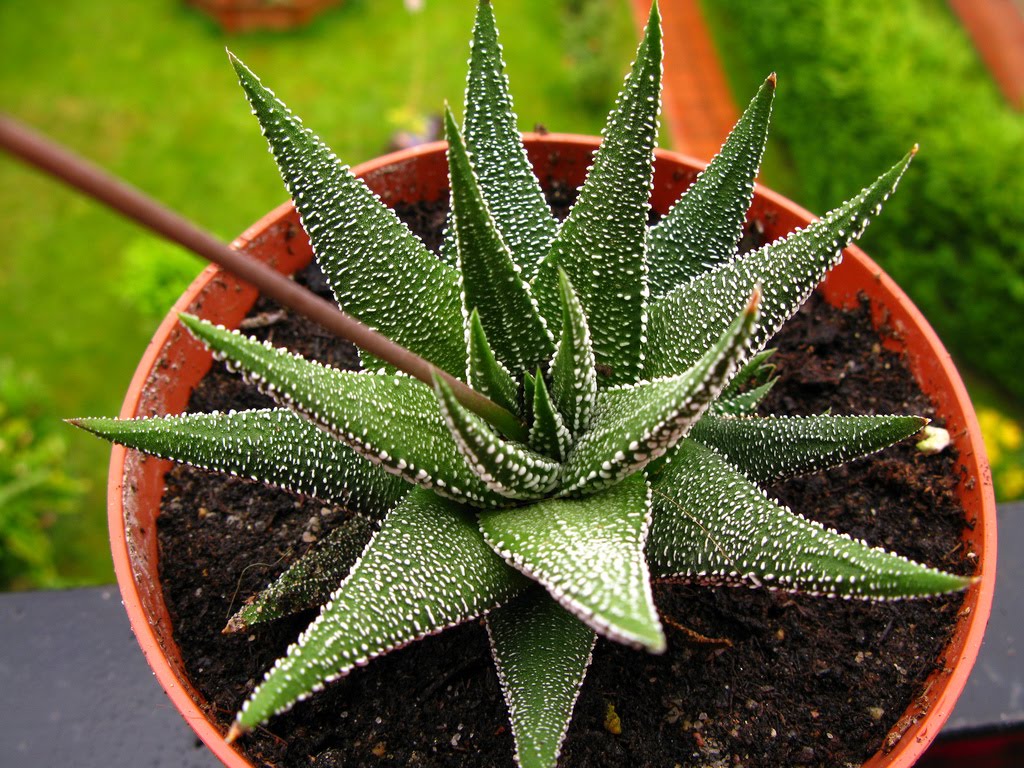 You may be interested in:
You may be interested in:Aloe is a flowering plant. Its small inflorescences are represented by tubes of white, yellow, orange or red. Inflorescences are located on a long flower-bearing arrow.
Homeland and history of aloe cultivation
The exact location where the plant was discovered is not known at this stage of the study. Based on the fact that this culture can grow only in conditions of a warm climate, scientists are inclined to believe that only warm countries can act as their homeland. It is generally accepted that the land of Madagascar and South Africa is considered the homeland of aloe.
The first mention of culture appeared in 2000 BC It is described in the Bible, historical records. Cave paintings depicting a plant resembling a tree-like aloe were found by archaeologists in excavations of the tombs of the pharaohs of Ancient Egypt.
Culture was brought to Europe in the 18th century. Aloe received as a gift the wife of General Craig. It was she who first brought the plant from Africa to the UK.
To date, aloe as a street plant can be found in the following places:
- Turkey;
- Egypt;
- South and West Asia;
- Greece;
- Ethiopia;
- Somalia;
- SOUTH AFRICA;
- Zimbabwe;
- Mozambique;
- Swaziland
- Malawi.
 You may be interested in:
You may be interested in:The origin and description of aloe species
In indoor floriculture, aloe is very popular. It can be found in almost every home. Typically, gardeners grow 3 types of plants: Tree, Vera and Variegated variety.
Tree
The tree-like species (also called the agave) is represented by trees or shrubs and is highly branched. The native land of the plant is South Africa.
Representatives of the species have an upright trunk, the thickness of which under natural conditions of growth reaches 30 cm.At the bottom of the trunk of an adult bush there are numerical scars from the leaves.
Leaves grow alternately, grasping the stem. They have a lanceolate shape. The edges of the plates are covered with spikes. The front part of the plates is slightly concave, the wrong side is convex. The maximum sheet length of a representative of this species is 65 cm.
In the upper part of the stem leaves form dense rosettes. Most often, the color of the plates is represented by a plain blue-green hue. But there are specimens with grayish leaves.
Representatives of the species are characterized by rather large inflorescences. Tubular flowers open like a bell. Drooping, six-petalled baskets rest on thin pedicels. They are collected by racemose inflorescences reaching up to 40 cm in length. The outer petals are colored in orange, and the inner ones are white with a pronounced orange longitudinal vein.
Vera
Aloe Vera is a herbaceous plant. In nature, this species can be found in the Canary Islands.
The chemical composition of Vera is very similar to the composition of the tree species of this culture. Representatives of the species are characterized by a shortened trunk, which is almost invisible under the leaves.
Leaves grow strictly in turn. The leaf sinus almost completely covers the trunk. The shape of the plates is lanceolate, narrowed to the edge. At the base of the stem, Vera leaves are collected by a dense rosette. Like the Tree View, the leaves of Vera are concave from above and curved from below. Plates reach 60 cm in length. They are fleshy and thick, elastic to the touch. There are spines along the lateral edges of the plates.
This species is distinguished by its unusual leaf color. On a light green, like a faded, background, discreet white strokes are densely applied.
The flowers are tubular, drooping. They are collected in an inflorescence located on a long flower-bearing arrow. The color of the petals varies from bright orange to orange-yellow.
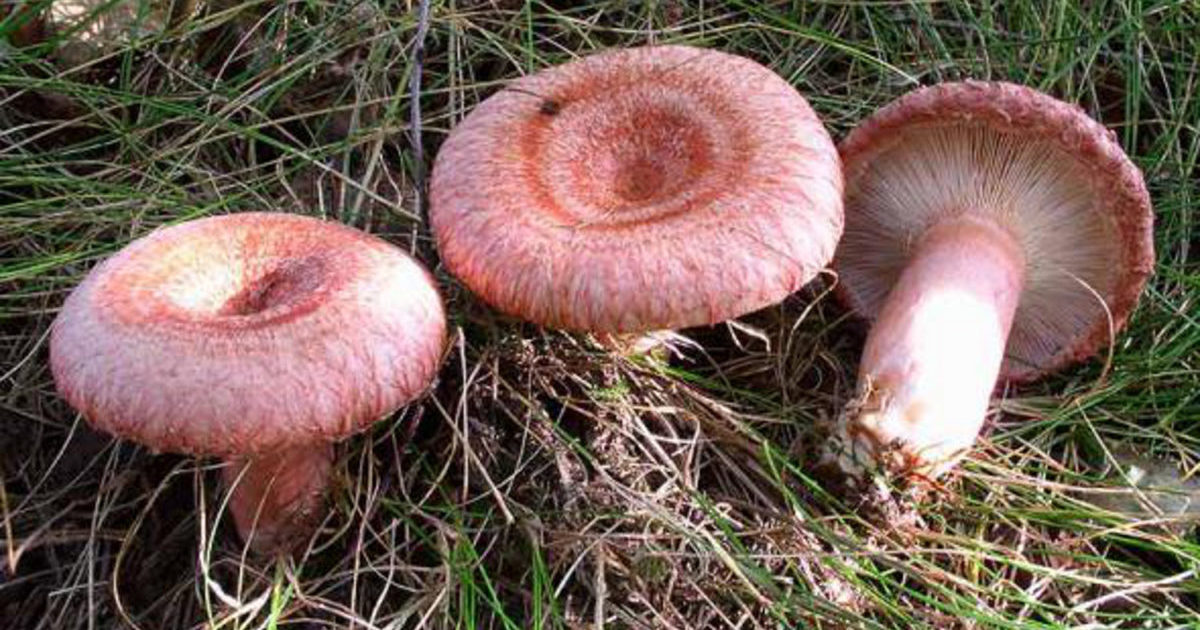 You may be interested in:
You may be interested in:Motley
Aloe motley is also called Tiger. The native land of the species is South Africa and Namibia.
Representatives of this species are positioned as herbaceous plants and are characterized by very short stems. Around the trunk in a spiral leaves are placed. Due to the fact that the plates almost completely cover the stem, it is very difficult to notice. At the base of the trunk is expanded.
Leaves are collected by a basal rosette. The plates cannot be called long: in an adult plant they reach no more than 15 cm. Compared to Vera and Aloe, the leaves of the Speckled species are much wider. Moreover, they have a triangular rather than lanceolate shape. The leaf plates are flattened, at the base they are slightly thicker than at the edge. On the sides of the plates there are underdeveloped spines, which are often confused with pile.
The color of the leaves consists of two colors. The main tone is a dense and rich shade of green. At the base, it is slightly lighter, and darker at the tip of the sheet. Transverse white patterns are applied across the entire surface of the plates, the pattern of which resembles a tiger. On the sides of the sheet is edged with a thin strip of white.
This species blooms in late spring. Drooping flowers of bright orange color are collected by bunch inflorescences. They are located on an upright flowering arrow.
Creating natural conditions for growing
Aloe is a very unpretentious plant, so growing it is easy. The only thing the flower does not tolerate is the low air temperature. The optimal conditions for growing crops are presented in the following table.
| Care Section | Description |
|---|---|
| Lighting | Bright sunshine.In winter, additional lighting is required. |
| Temperature | In the warm season, allowable mode from 18 ℃ to 30 ℃. In winter, it is recommended to lower the temperature, but not lower than 12 ℃. |
| Humidity level | Medium or high humidity, typical for residential environments. |
| Watering | During the growing season - on demand (as soon as the topsoil dries). During dormancy, it is recommended to limit watering to 2 times a week. |
| Top dressing | Not required. |
| Rest period | October to April. |
| Transfer | In the spring. Young plants - annually, adults - once every 3-4 years. |
| Substrate | Sod land, leaf land, sand (2: 1: 1) |
| Drainage layer | Expanded clay, pebbles, broken brick. |
| Flower pot | Deep and wide. Mandatory with drainage holes and a removable tray. |
With improper care, the plant can be affected by dry and root rot. Also, the flower may be susceptible to attacks by harmful insects: aphids, scutes, mealybugs and spider mites.
Common Growing Questions
Aloe was introduced to Europe in the 18th century. The homeland of the flower are hot countries. In the conditions of our climate, this culture can only be grown indoors, and most often in the houses of many gardeners you can find only the Motley, Tree-like species, as well as Aloe Vera.

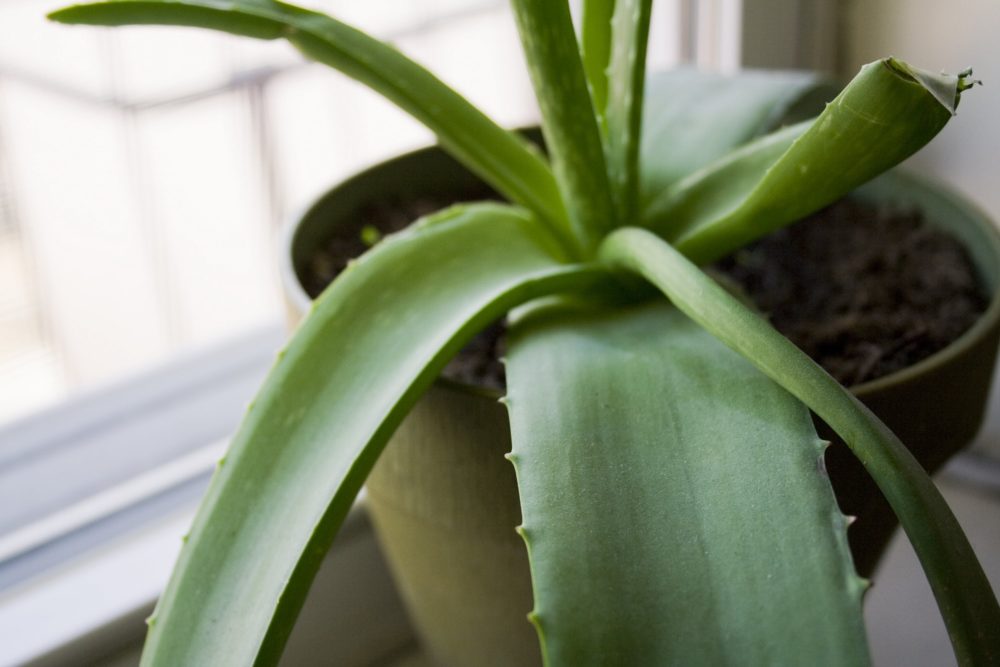
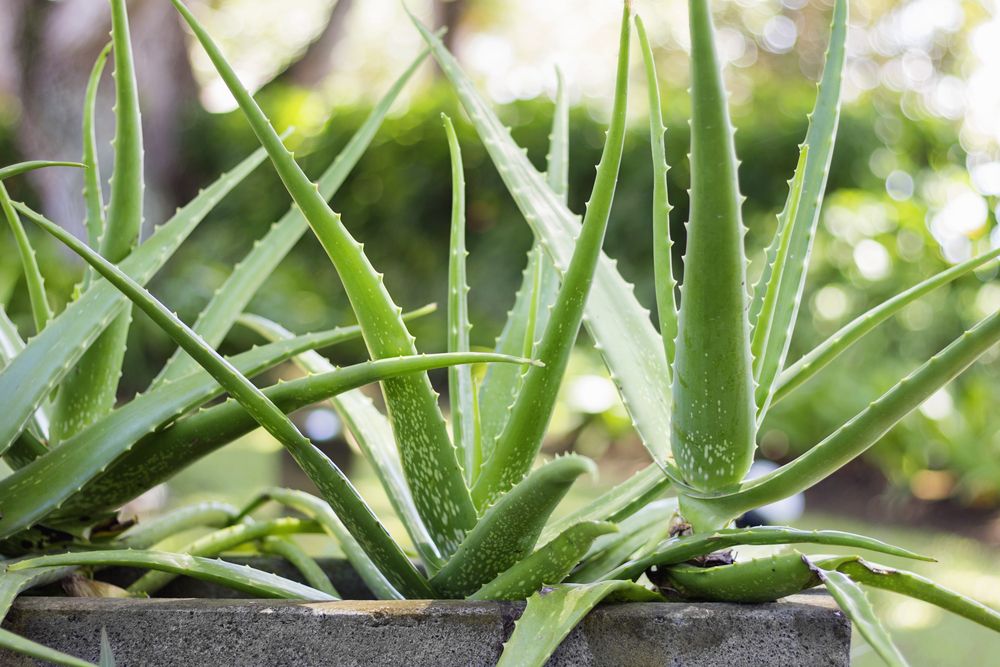
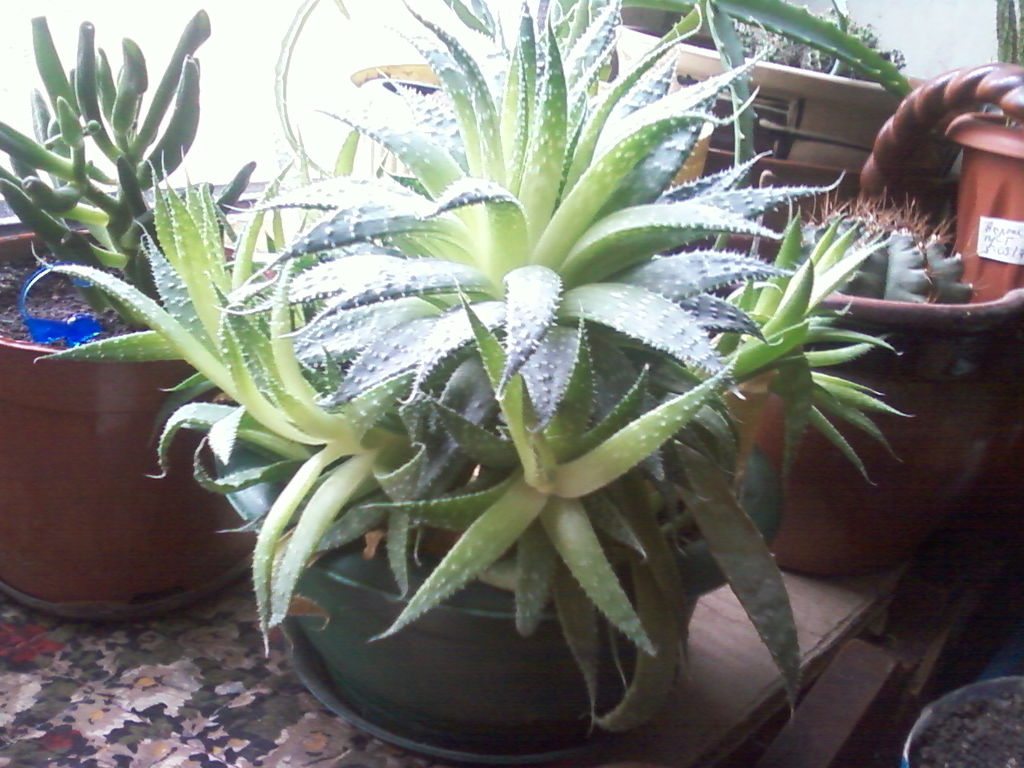
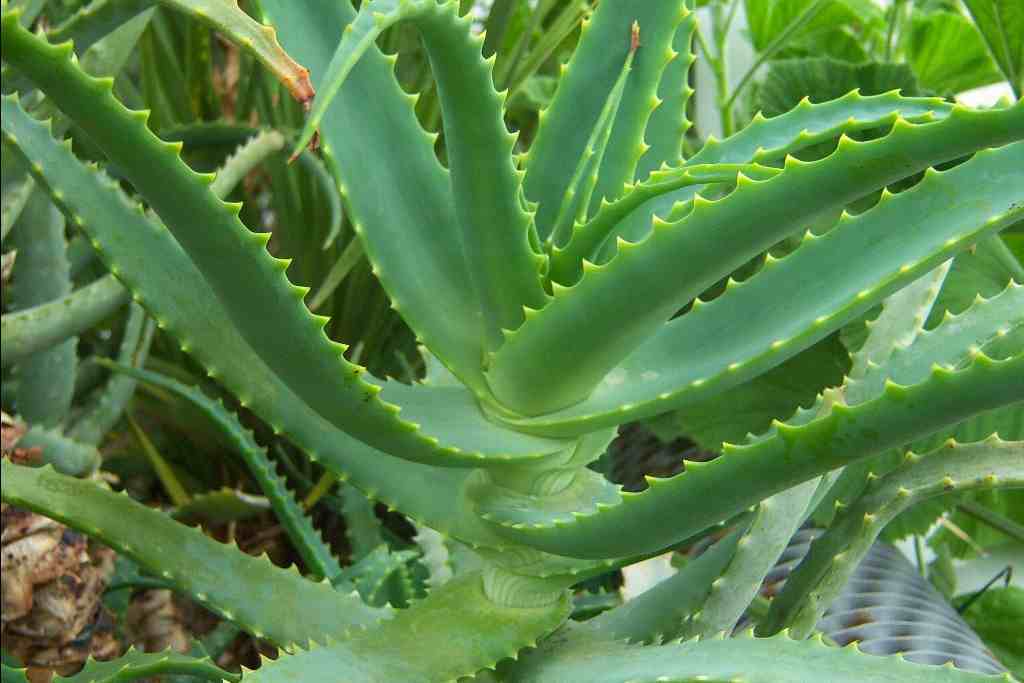
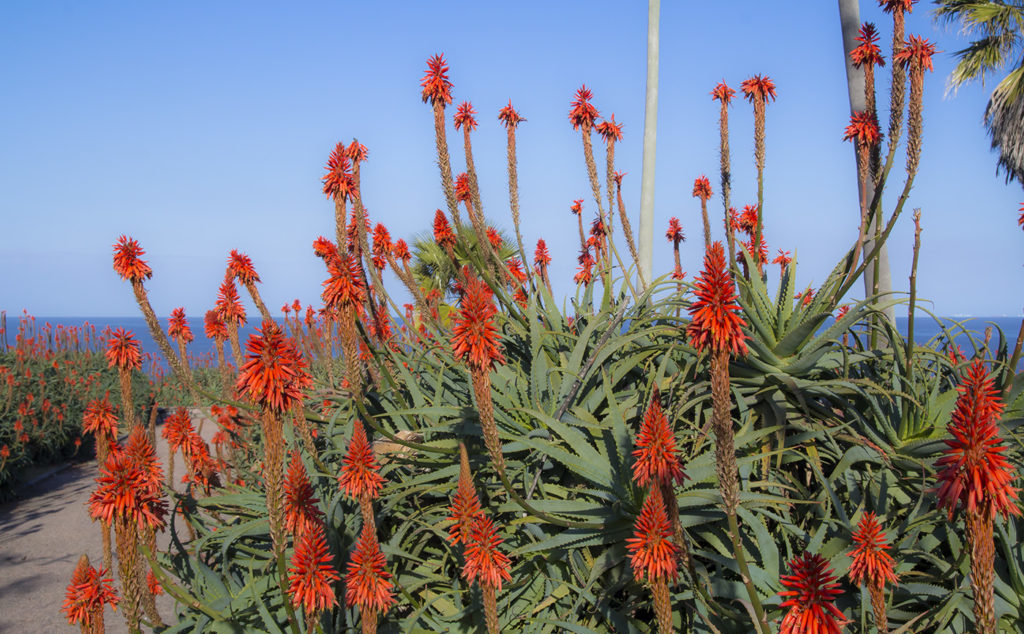
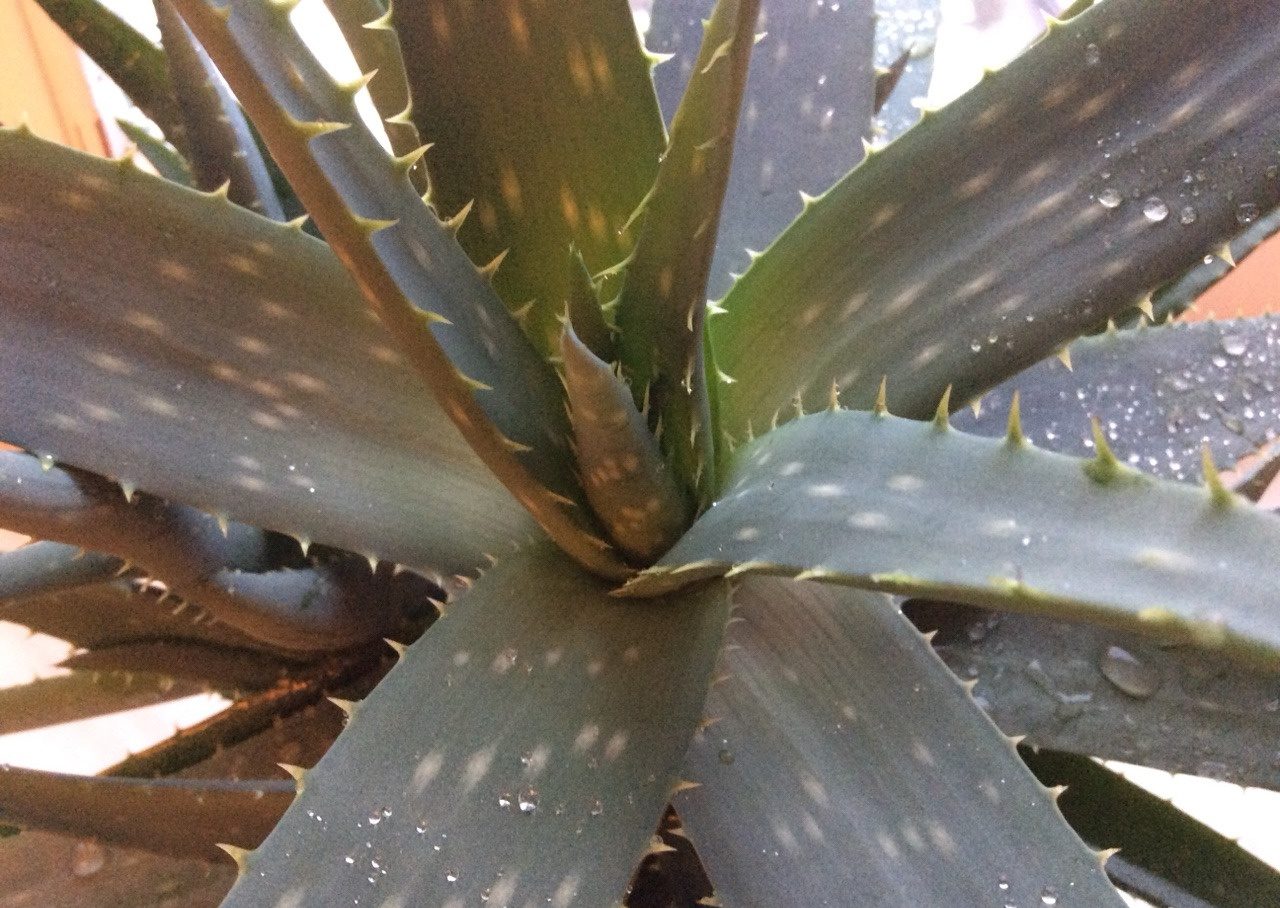
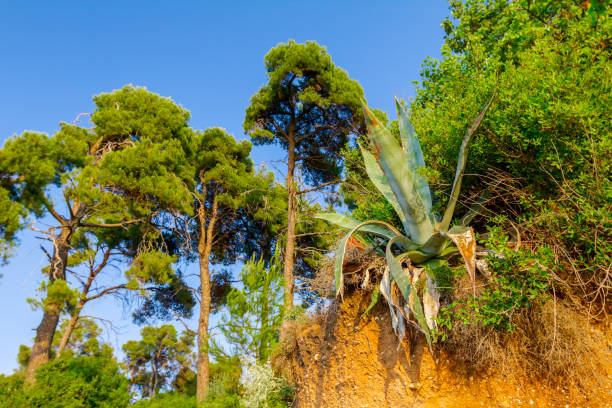
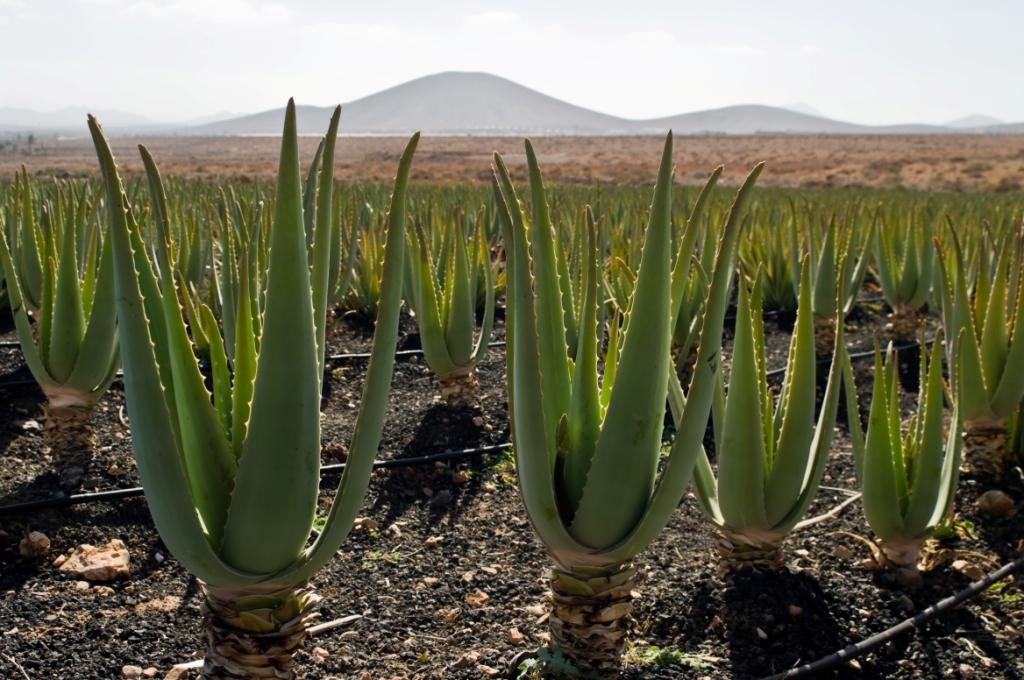
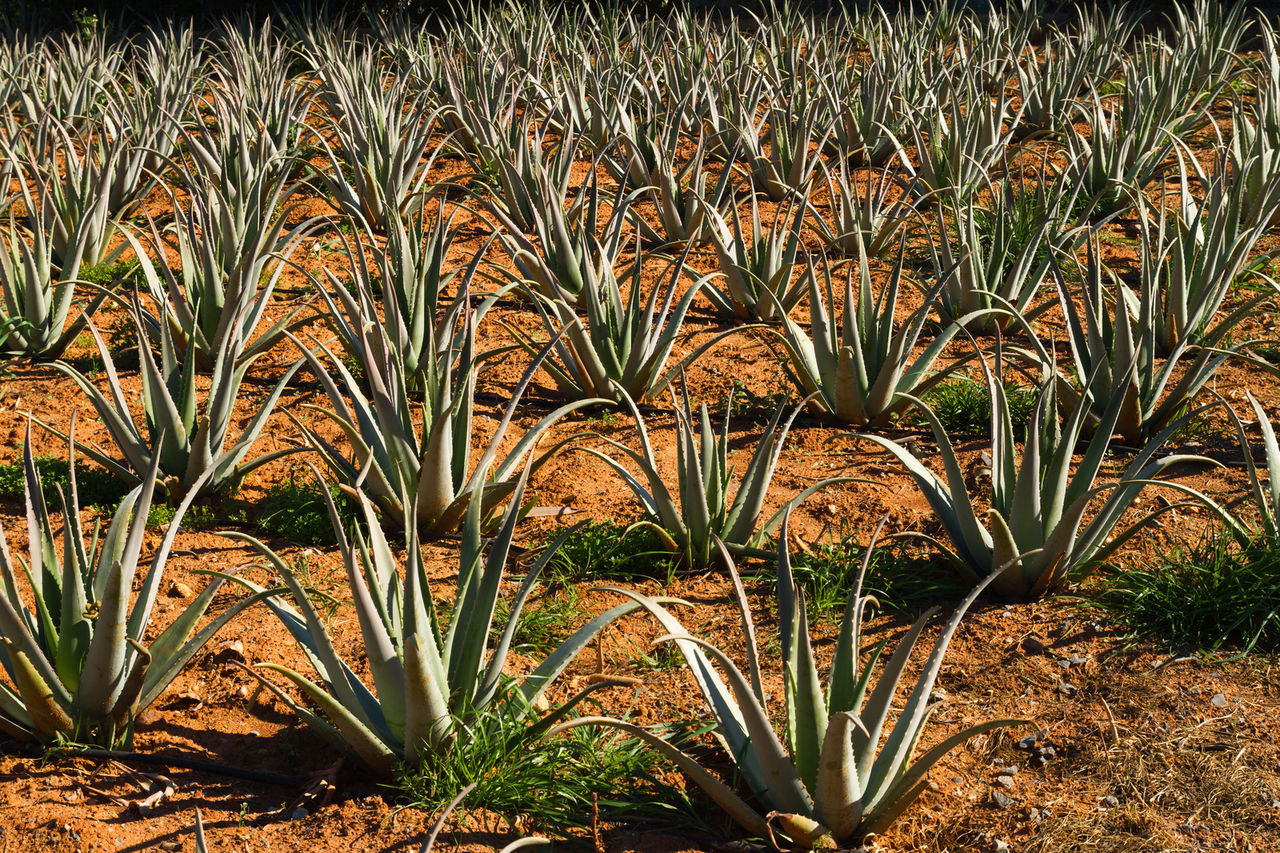
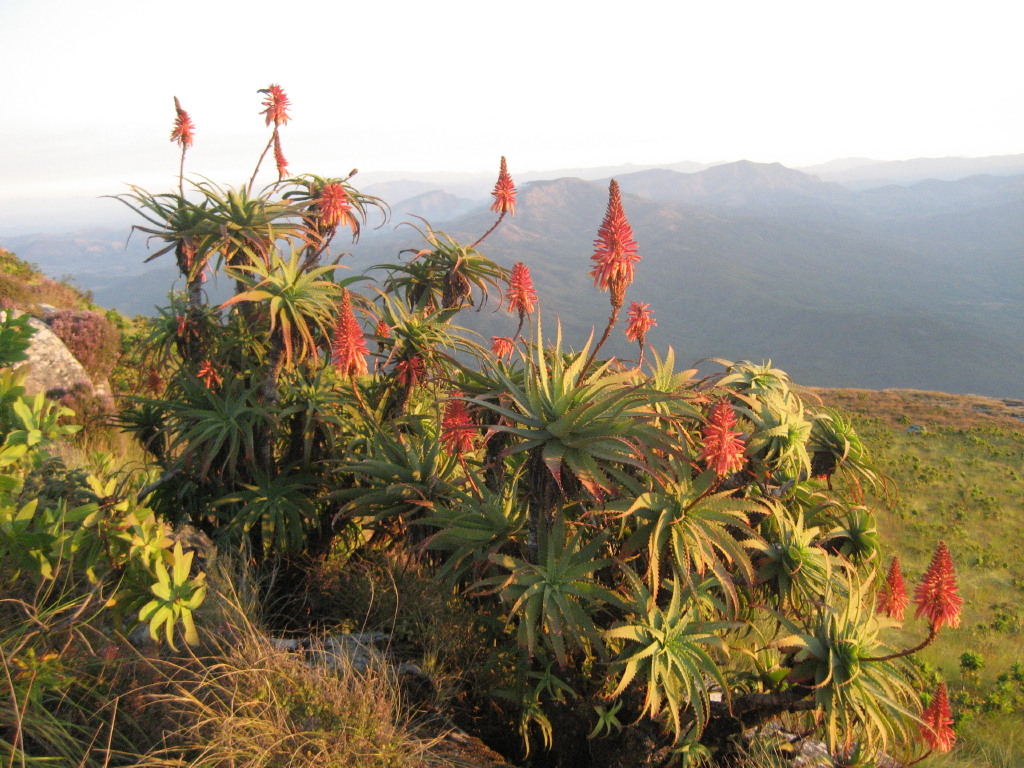
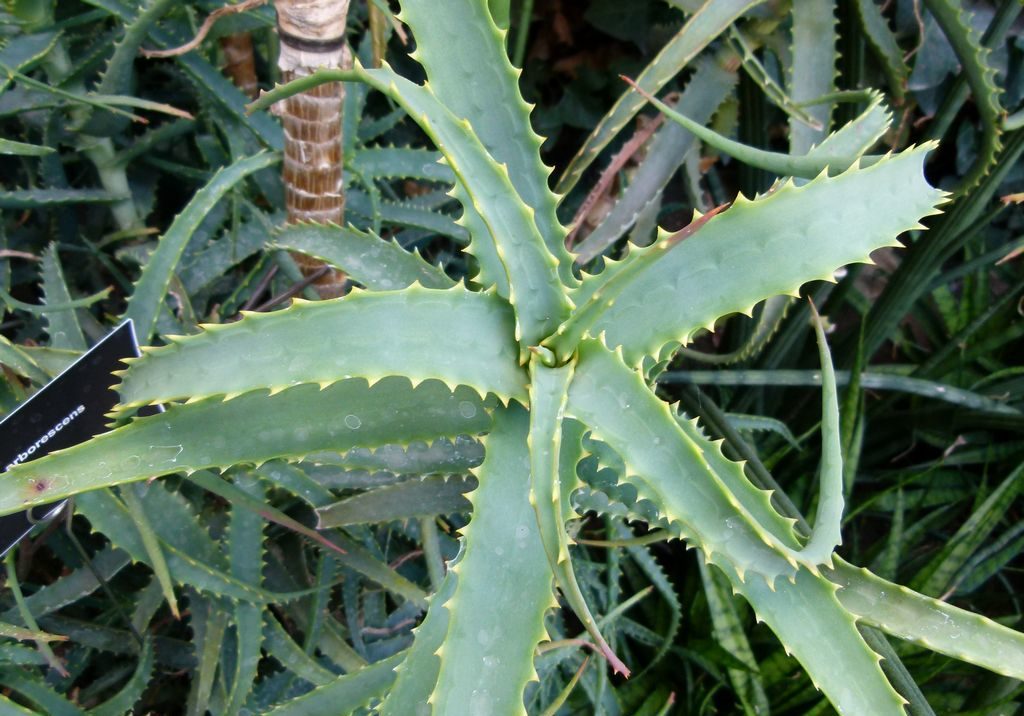



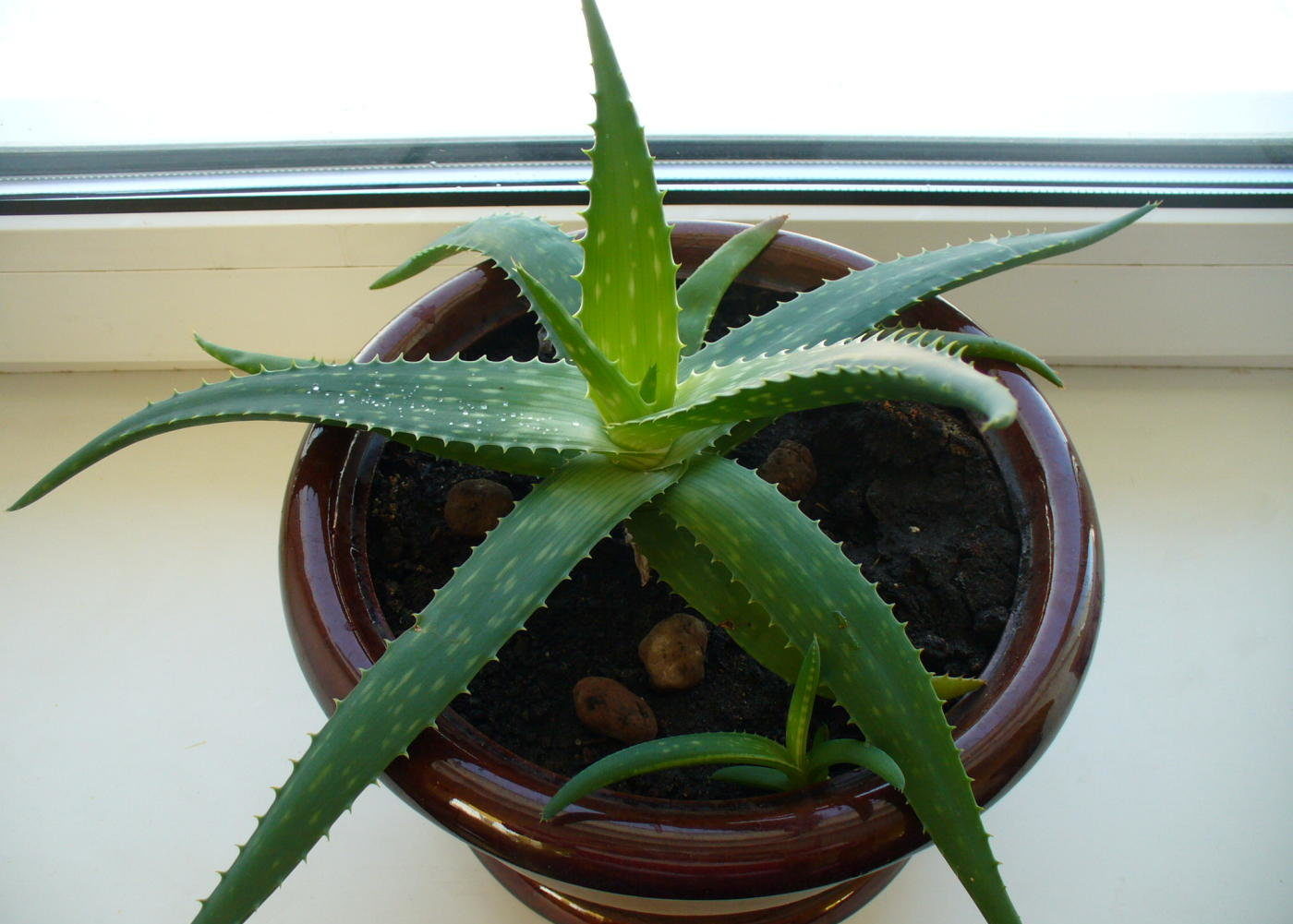

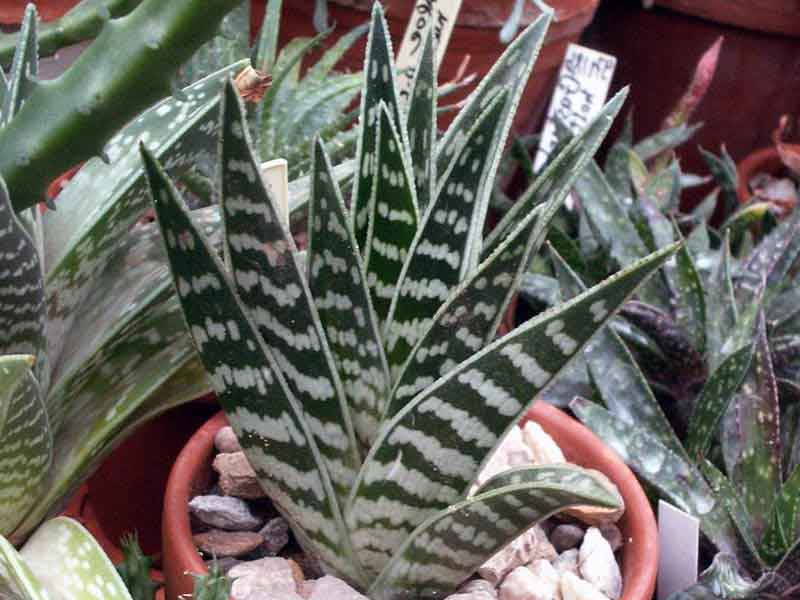
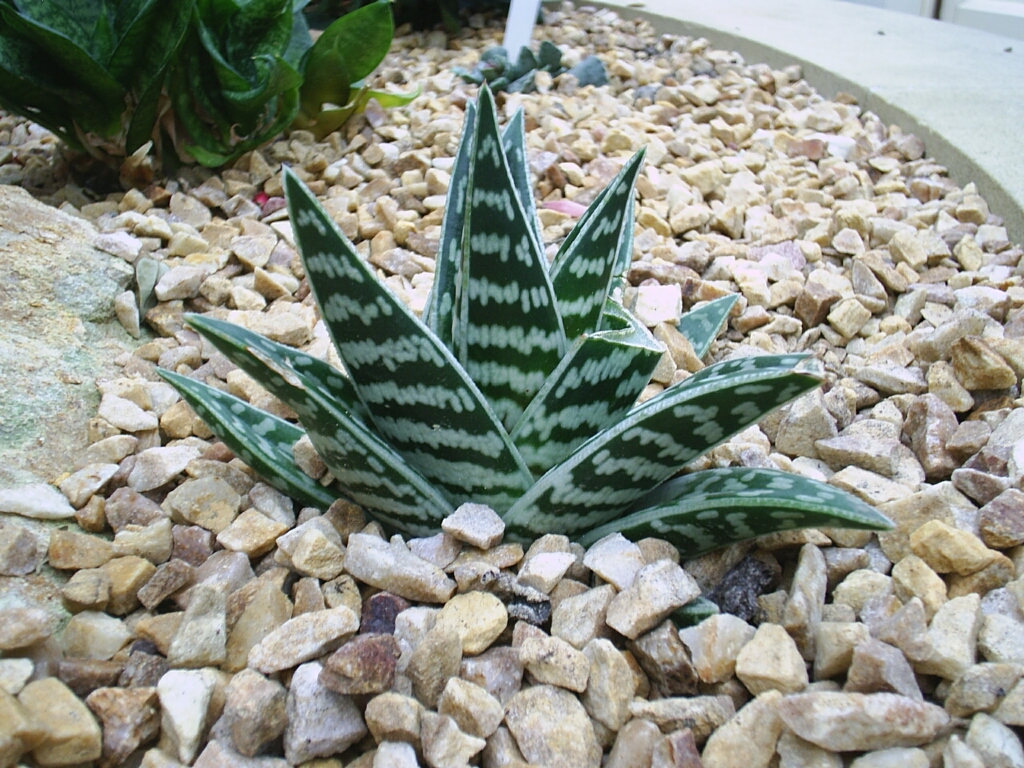
 10 beautiful annuals that bloom all summer
10 beautiful annuals that bloom all summer Sow in the ground, without seedlings: 10 beautiful and unpretentious flowers
Sow in the ground, without seedlings: 10 beautiful and unpretentious flowers Platicodon planting and outdoor care
Platicodon planting and outdoor care Hosta - planting and care in the open ground in the Urals
Hosta - planting and care in the open ground in the Urals